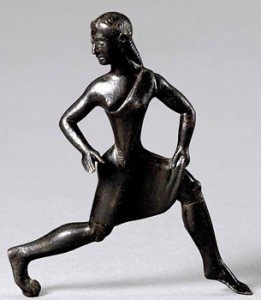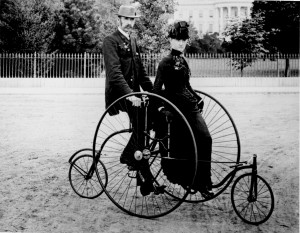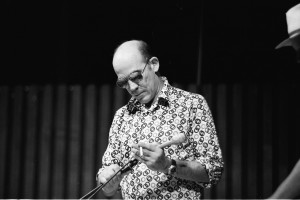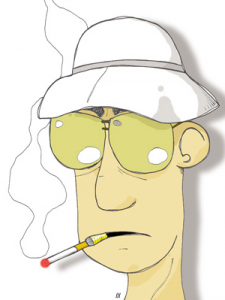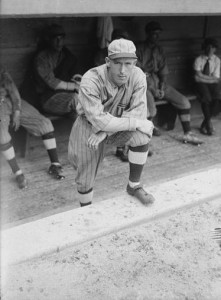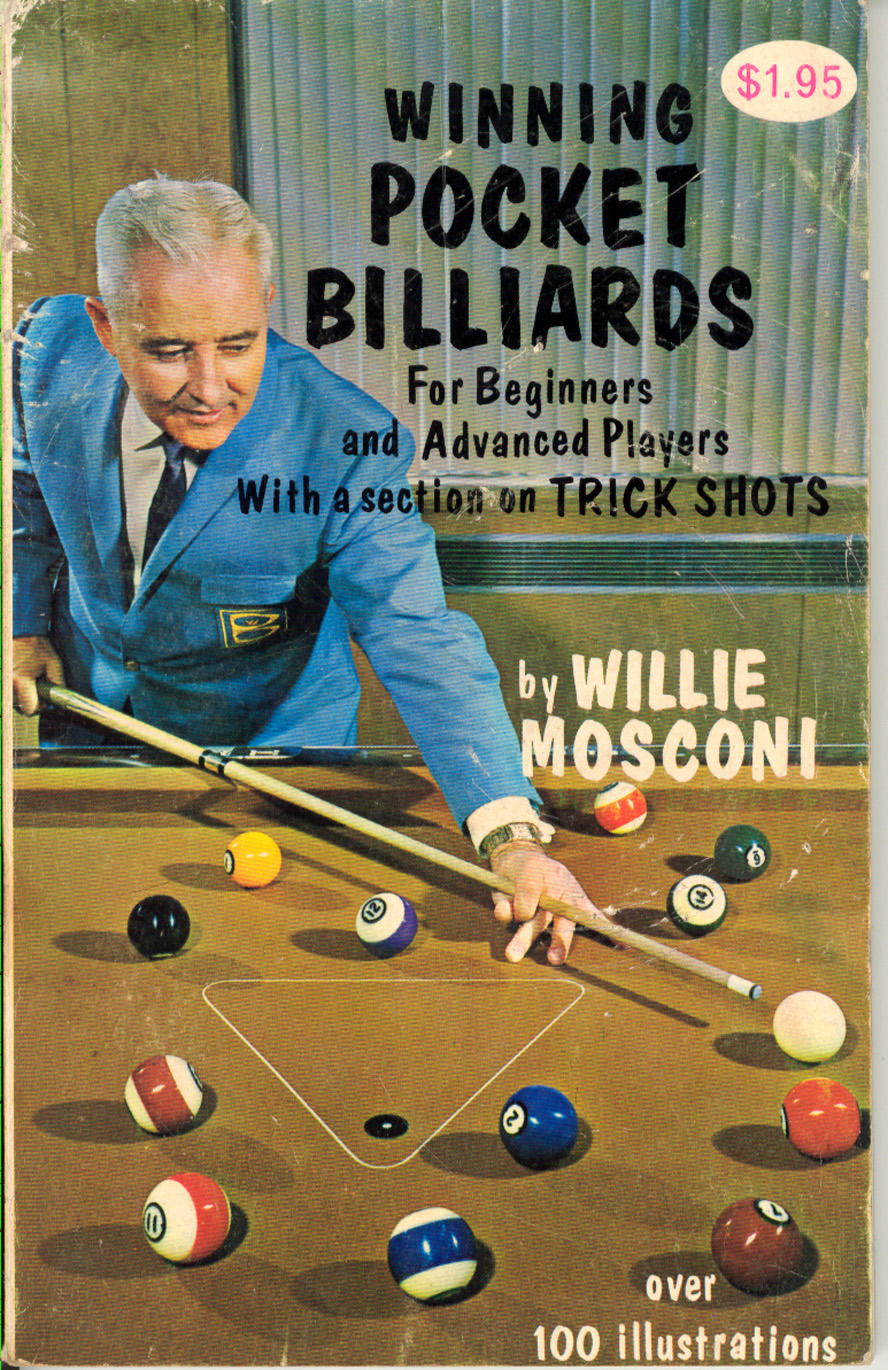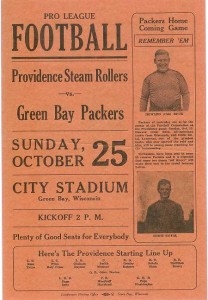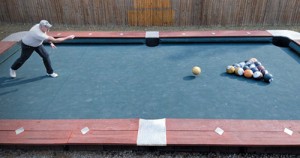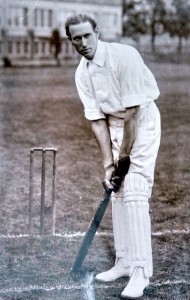Tom Wolfe’s great 1965 Esquire piece about a moonshiner-cum-NASCAR pioneer (“The Last American Hero Is Junior Johnson. Yes!“) married New Journalism to the New South. An excerpt:
The legend of Junior Johnson! In this legend, here is a country boy, Junior Johnson, who learns to drive by running whiskey for his father, Johnson, Senior, one of the biggest copper still operators of all times, up in Ingle Hollow, near North Wilkesboro, in northwestern North Carolina, and grows up to be a famous stock-car racing driver, rich, grossing $100,000 in 1963, for example, respected, solid, idolized in his hometown and throughout the rural South, for that matter. There is all this about how good old boys would wake up in the middle of the night in the apple shacks and hear an overcharged engine roaring over Brushy Mountain and say, “Listen at him — there he goes!”, although that part is doubtful, since some nights there were so many good old boys taking off down the road in supercharged automobiles out of Wilkes County, and running loads to Charlotte, Salisbury, Greensboro, Winston-Salem, High Point, or wherever, it would be pretty hard to pick out one. It was Junior Johnson specifically, however, who was famous for the “bootleg turn” or “about-face,” in which, if the Alcohol Tax agents had a roadblock up for you or were too close behind, you threw the car into second gear, cocked the wheel, stepped on the accelerator and made the car’s rear end skid around in a complete 180-degree arc, a complete about-face, and tore on back up the road exactly the way you came from. God! The Alcohol Tax agents used to burn over Junior Johnson. Practically every good old boy in town in Wilkesboro, the county seat, got to know the agents by sight in a very short time. They would rag them practically to their faces on the subject of Junior Johnson, so that it got to be an obsession. Finally, one night they had Junior trapped on the road up toward the bridge around Millersville, there’s no way out of there, they had the barricades up and they could hear this souped-up car roaring around the bend, and here it comes — but suddenly they can hear a siren and see a red light flashing in the grille, so they think it’s another agent, and boy, they run out like ants and pull those barrels and boards and sawhorses out of the way, and then — Ggghhzzzzzzzhhhhhggggggzzzzzzzeeeeeong! — gawdam! there he goes again, it was him, Junior Johnson!, with a gawdam agent’s si-reen and a red light in his grille!•
____________________________
Junior Johnson on a dirt track, 1964, Ascot Park, California.




